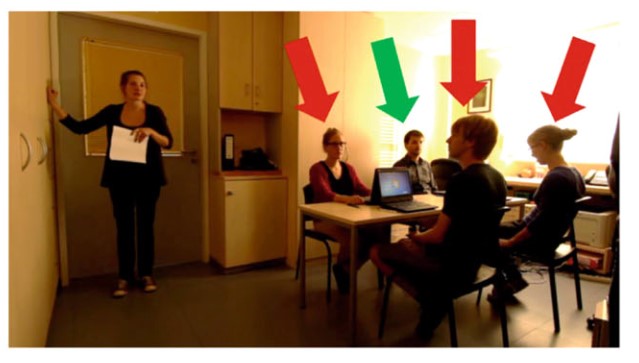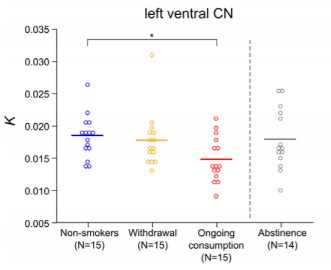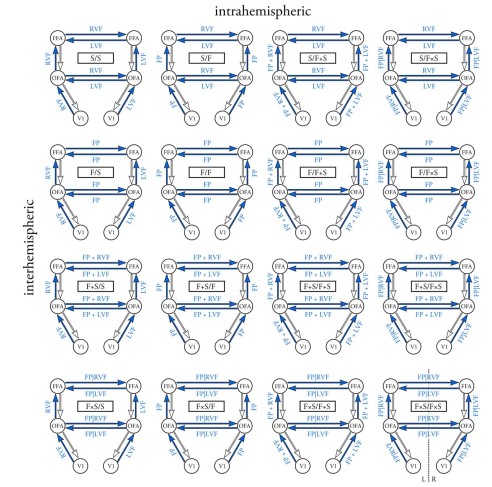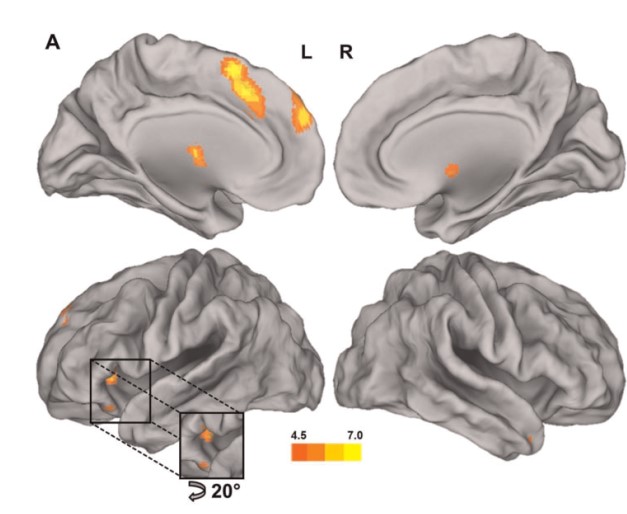Neuronal pathways of embarrassment
Abstract Who has not already experienced the unpleasant feeling, when, for example, you were called to the board in school and could not answer the teacher’s question? You don’t know what to say anymore, but nevertheless cannot escape the eyes of the others. The pulse rises, blood flows into your face, you feel blushing and […]
Neuronal pathways of embarrassment Read More »



